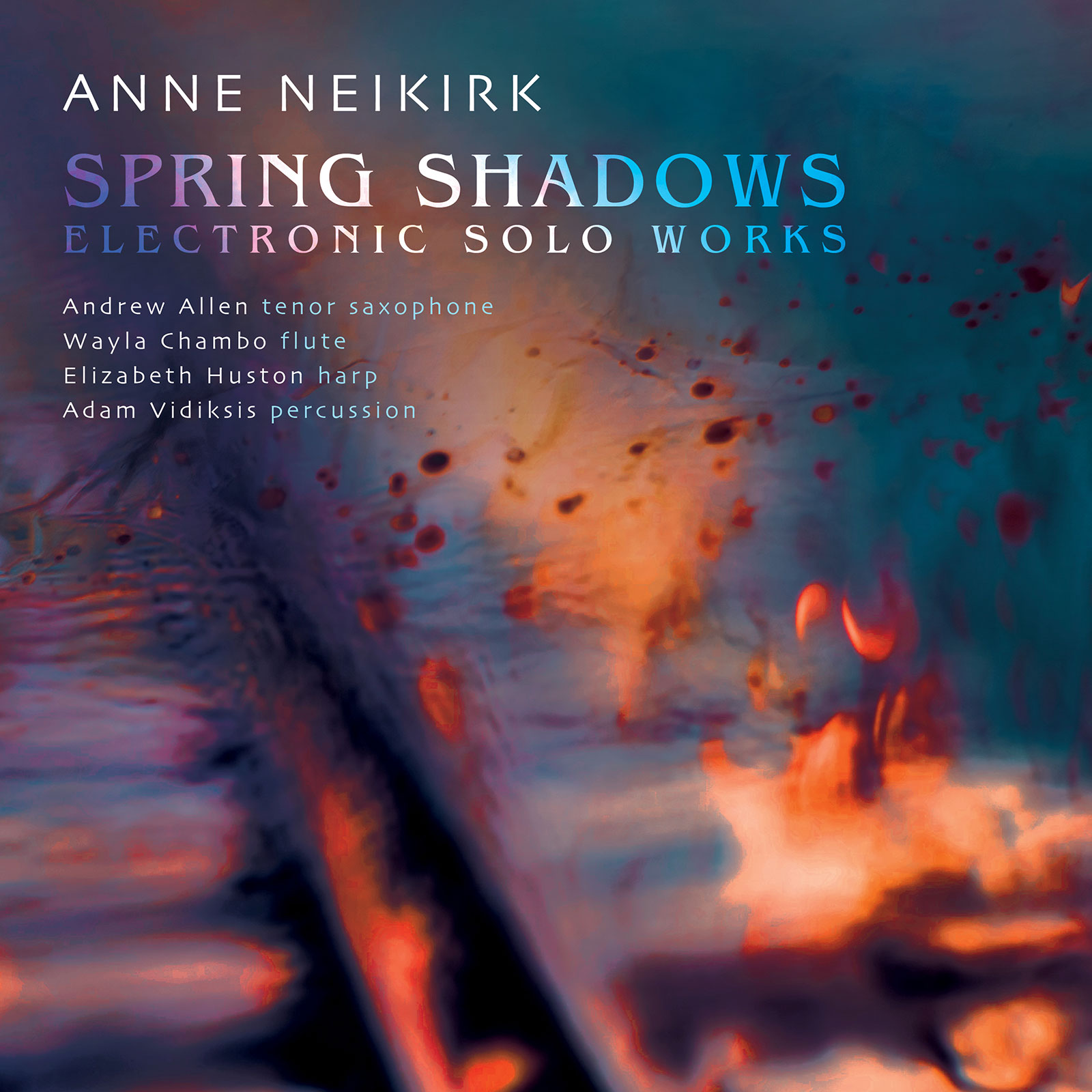
Share Album:
Spring Shadows
Anne Neikirk composer
Andrew Allen tenor saxophone
Wayla Chambo flute
Elizabeth Huston harp
Adam Vidiksis tenor saxophone
From the opening notes to the last few seconds of the album, the fullness of the experience in SPRING SHADOWS is impossible to deny. Like emerging from the dark, the way the album hits the listener feels fresh and rejuvenating.
The first track, Balloonman, is inspired by and built around the poem “In Just-” by E. E. Cummings. Neikirk built the saxophone melody, performed by Andrew Allen, around the tune of Cummings speaking voice. As the poet reads his work, the composer uses electronics to warp his recording, creating a sonic collage of ambitious textures all over a beautiful melody led by the saxophone.
Flicker is Neikirk’s “sonic representation of fire.” Again, Neikirk draws on the familiar sounds of a flame, the sharp intake of the wind draft, and the crackle and pop of the ignited wood as the theme of the composition. Through the calm chaos of the electronics, flutist Wayla Chambo performs in tandem with the flame’s unique rhythm, popping and crackling. As the piece develops, the music of the fire morphs into something more synthetic, adding an interesting dimension to an intimate sound.
Anticipation builds from the first note on the album’s third track, locoMotives. Inspired by the sounds of a Philadelphia Regional Rail Train, Neikirk plays on the anxious feeling of a train passing to create an arresting atmosphere. Through experimental harp performed by Elizabeth Huston and electronic ambiance, Neikirk recreates the heart-fluttering anticipation we feel as we wait by the station.
The album closes with Lung Ta, featuring electronics and percussion by Adam Vidiksis. Lung Ta is a type of Tibetan prayer flag that comes in five different colors. The composition is segmented into five movements: “Earth,” “Water,” “Fire,” “Wind,” and “Sky,” each representing the five elements. Her composition is an interpretation of the character of the elements: the fullness of Earth, the meditative coolness of Water, the spirit of Fire, the strong gusts of Wind, and the vast emptiness of Sky.
Listen
Stream/Buy
Choose your platform
Track Listing & Credits
| # | Title | Composer | Performer | |
|---|---|---|---|---|
| 01 | Balloonman | Anne Neikirk | Andrew Allen, tenor saxophone | 6:28 |
| 02 | Flicker | Anne Neikirk | Wayla Chambo, flute | 3:05 |
| 03 | locoMotives | Anne Neikirk | Elizabeth Huston, harp | 8:33 |
| 04 | Lung Ta: I. Earth - II. Water | Anne Neikirk | Adam Vidiksis, percussion | 4:00 |
| 05 | Lung Ta: III. Fire | Anne Neikirk | Adam Vidiksis, percussion | 2:03 |
| 06 | Lung Ta: IV. Wind | Anne Neikirk | Adam Vidiksis, percussion | 2:43 |
| 07 | Lung Ta: V. Sky | Anne Neikirk | Adam Vidiksis, percussion | 1:16 |
BALLOONMAN
Recorded May 14, 2019 at Grayson College in Denison TX
Session Engineer & Producer Daniel Pardo
FLICKER
Recorded June 21, 2019 at Norfolk State University in Norfolk VA
Session Engineer & Producer Gerald Thompson
Session Interns Arryn Brown, Jaseona Pickett & Ashley Searles
LOCOMOTIVES
Recorded May 13, 2019 at Norfolk State University in Norfolk VA
Session Engineer & Producer Gerald Thompson
Session Interns Arryn Brown, Jaseona Pickett & Ashley Searles
LUNG TA
Recorded May 14, 2019 at Norfolk State University in Norfolk VA
Session Engineer & Producer Gerald Thompson
Session Interns Arryn Brown, Jaseona Pickett & Ashley Searles
“in Just-”. Copyright 1923, 1951, ©1991 by the Trustees for the E. E. Cummings Trust. Copyright ©1976 by George James Firmage, from COMPLETE POEMS: 1904-1962 by E. E. Cummings, edited by George J. Firmage. Used by permission of Liveright Publishing Corporation.
Executive Producer Bob Lord
Executive A&R Sam Renshaw
A&R Director Brandon MacNeil
VP, Audio Production Jeff LeRoy
Audio Director Lucas Paquette
VP, Design & Marketing Brett Picknell
Art Director Ryan Harrison
Design Edward A. Fleming
Publicity Patrick Niland, Sara Warner
Artist Information
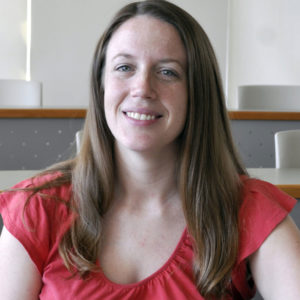
Anne Neikirk
Composer Anne Neikirk is drawn to creative processes that involve interdisciplinary work. Her background in vocal music instilled a particular interest in the relationship between music and the written word. Past awards and grants include the Presser Music Award, an American Composers Forum Subito Grant, and inclusion in the Society of Composers CD Series. Neikirk has presented her work at conferences including those of the Society of Composers, the College Music Society, the Society of Electroacoustic Music in the United States, and the American Harp Society, among others. Her music is distributed by ADJective New Music, LLC.
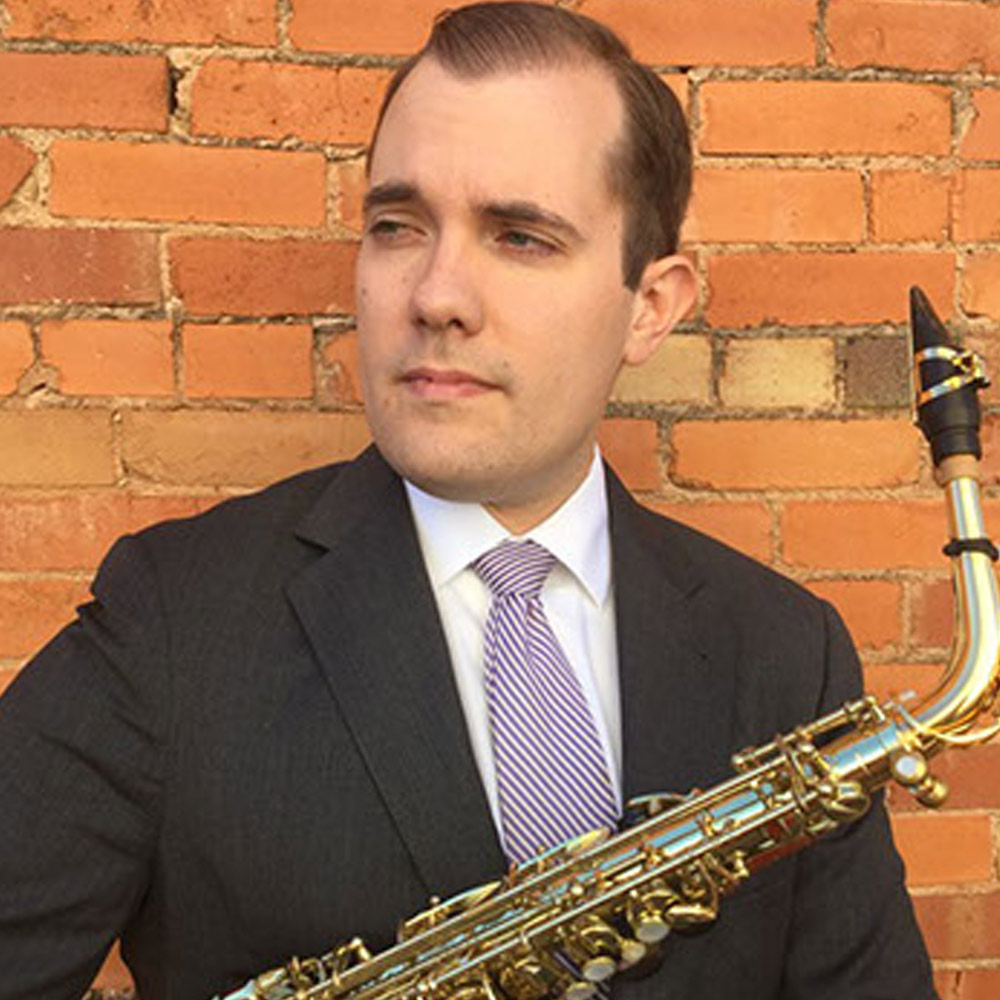
Andrew Allen
Andrew J. Allen is “a master of all sizes of saxophone” (The Instrumentalist, April 2018). In response to his New York solo debut, the Examiner opined that he had “performed brilliantly,” and the Wichita Falls Times-Record News has praised the “savory warmth” of his tone, while The Saxophonist has lauded his “virtuosic saxophone performance.” In demand as a soloist and chamber musician, Allen has performed throughout the United States, Canada, Great Britain, France, and Croatia. As a concerto soloist, he has appeared with the Wichita Falls Symphony Orchestra, the Oklahoma State University Chamber Orchestra, the University of Arkansas Wind Symphony, and the Midwestern State University Wind Ensemble and Percussion Ensemble. More than two dozen works have been commissioned and premiered by him from such composers as François Rossé, Robert Lemay, Fang Man, Jesse Jones, Greg Simon, and Jay Batzner. His first album, Step Inside: New American Music for Saxophone and Percussion (recorded with percussionist Gordon Hicken), is now available through Equilibrium Recordings.
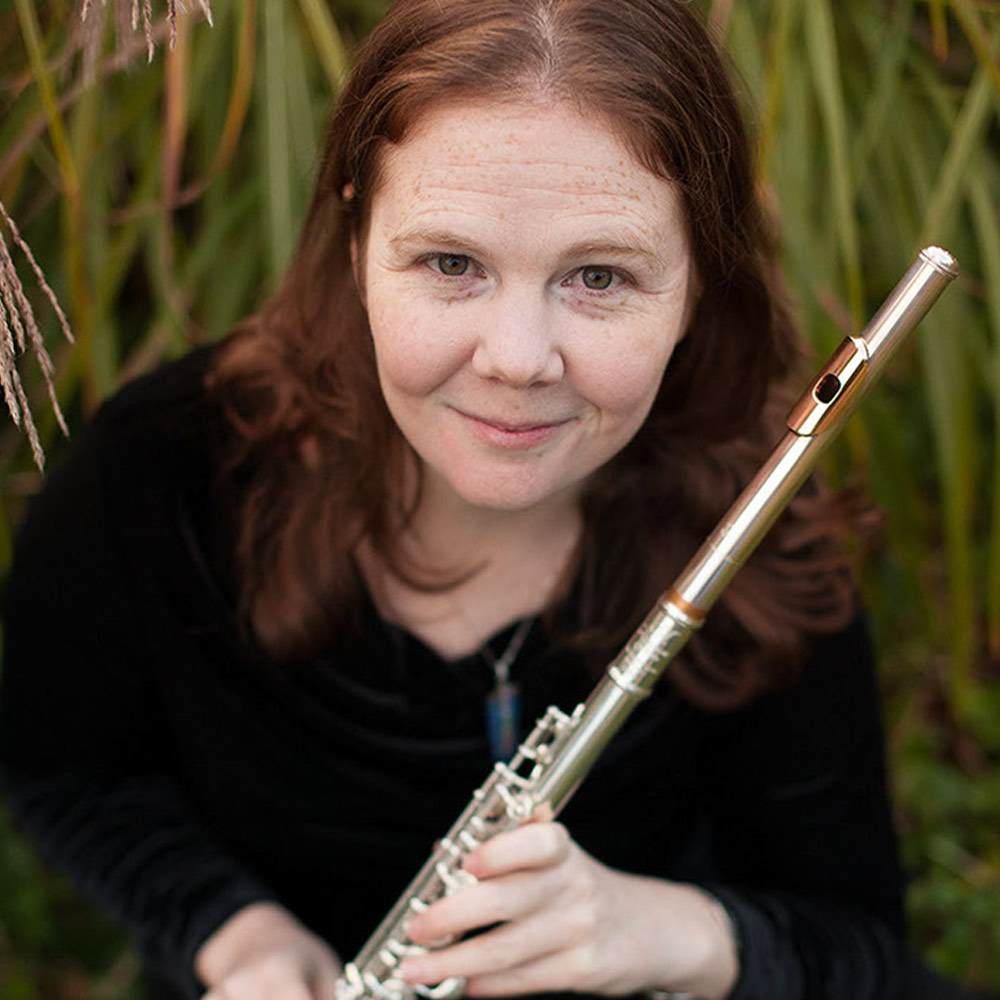
Wayla Chambo
Wayla Chambo is a versatile, committed performer of both new music for flute and the traditional repertoire. She is Associate Artistic Director and flutist with the Norfolk Chamber Consort, and has performed with the Virginia Symphony, Virginia Children’s Chorus, Christopher Newport University Opera, Dallas Festival of Modern Music, Allen Philharmonic Orchestra, and Dallas Wind Symphony, among others. She is also in demand as a chamber musician, performing frequently with Duo Thalassa, her partnership with guitarist Todd Holcomb, and with other musicians in Hampton Roads and beyond.
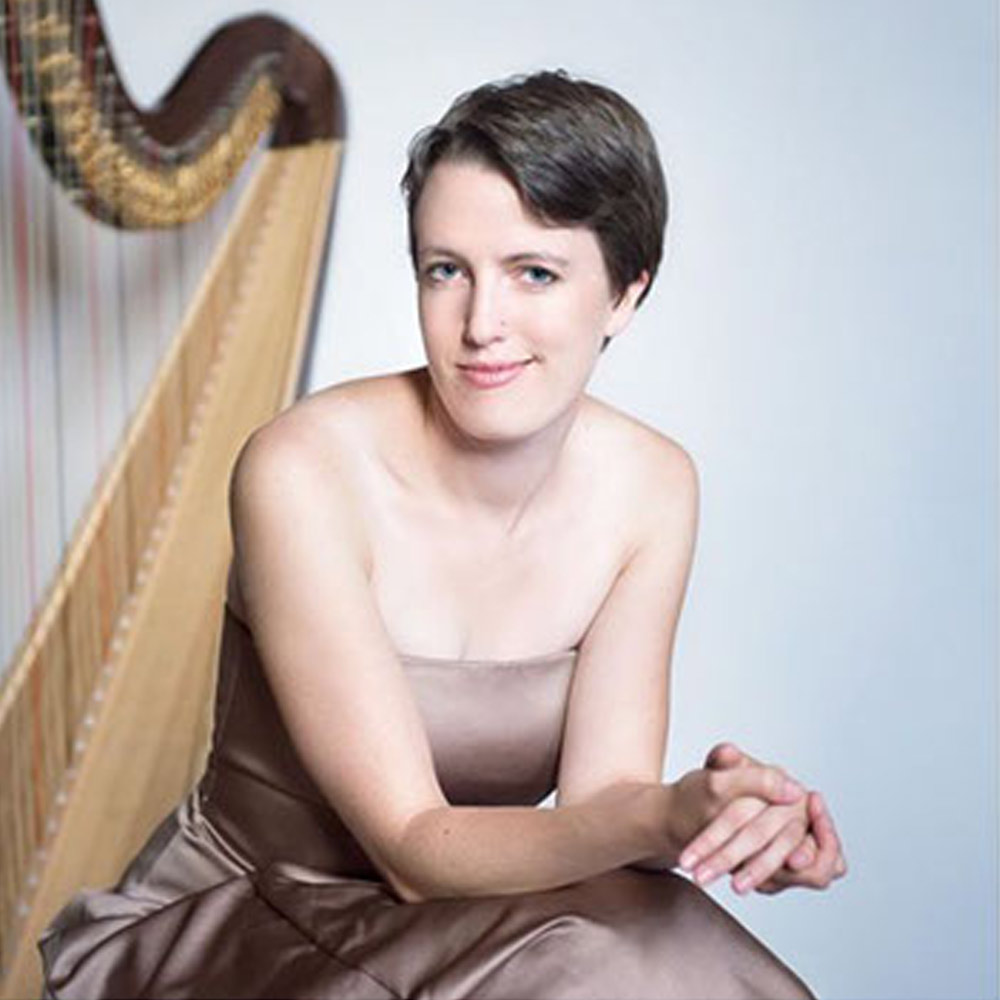
Elizabeth Huston
Elizabeth Huston has been fascinated by contemporary art since she can remember. She grew up on Washington State’s Olympic Peninsula, a surprisingly culturally active area. The daughter of two professional musicians, she watched in awe as her parents took her to incredible events with throat singers, experimental art installations, and 1990s cutting-edge electronic instrument technology. Huston’s parents were the founders of the first-ever youth symphony in their town, and a teenage Huston was often tasked with administrative duties including mailing marketing flyers, making copies, organizing refreshments, and creating room schedules, sparking an interest in production work.
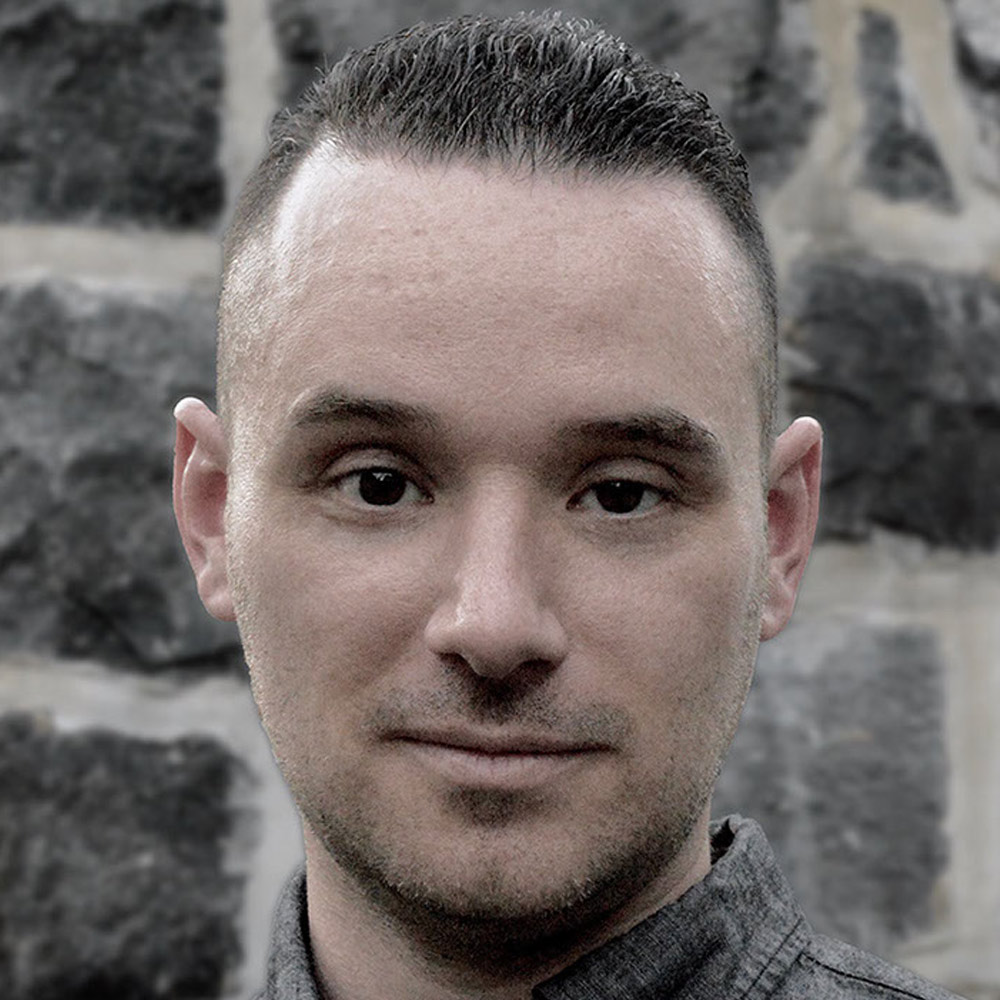
Adam Vidiksis
Adam Vidiksis is a composer, conductor, percussionist, improviser, and technologist based in Philadelphia whose music often explores sound, science, and the intersection of humankind with the machines we build. Critics have called his music “mesmerizing,” “dramatic,” “striking” (Philadelphia Weekly), “notable,” “catchy” (WQHS), “magical” (Local Arts Live), and “special” (Percussive Notes), and have noted that Vidiksis provides “an electronically produced frame giving each sound such a deep-colored radiance you could miss the piece’s shape for being caught up in each moment” (David Patrick Stearns, the Philadelphia Inquirer).
